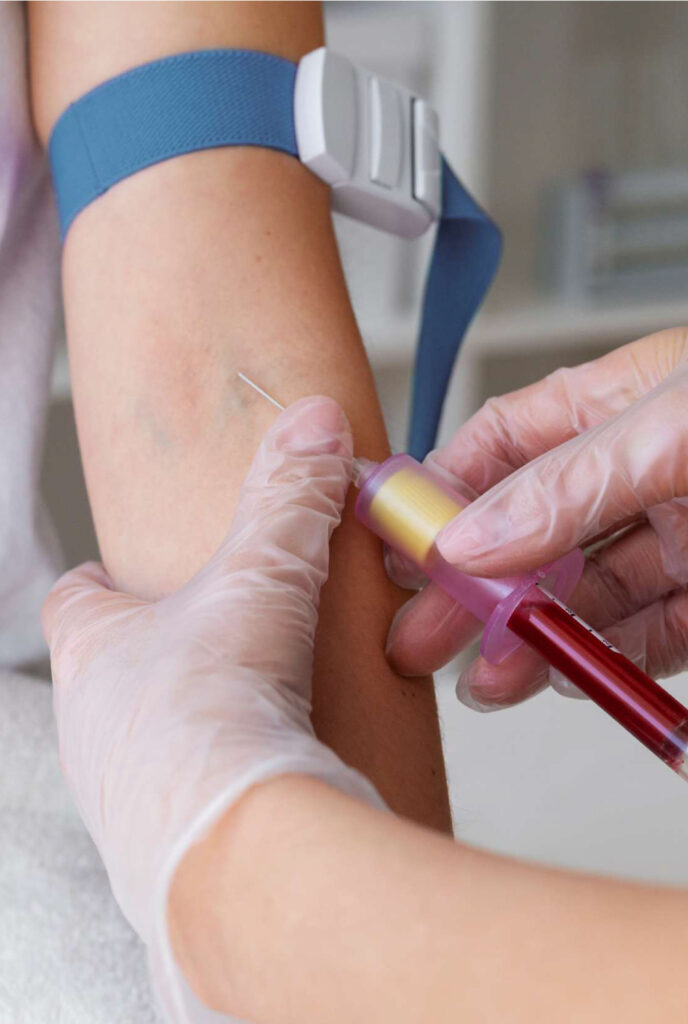NON – VACUUM & VACUUM BLOOD COLLECTION TUBES

CLOT ACTIVATOR OR SERUM PLAIN (SET OF RED CAPS)
- The red tube is less common-it is used for biochemistry tests requiring serum.
- This contains silica particles which act as clot activators.
COMMON TESTS
- including hormones, toxicology, drug levels, bacterial and viral serology and antibodies.
- The use of this tube varies greatly – some hospitals use it for many sensitive tests,
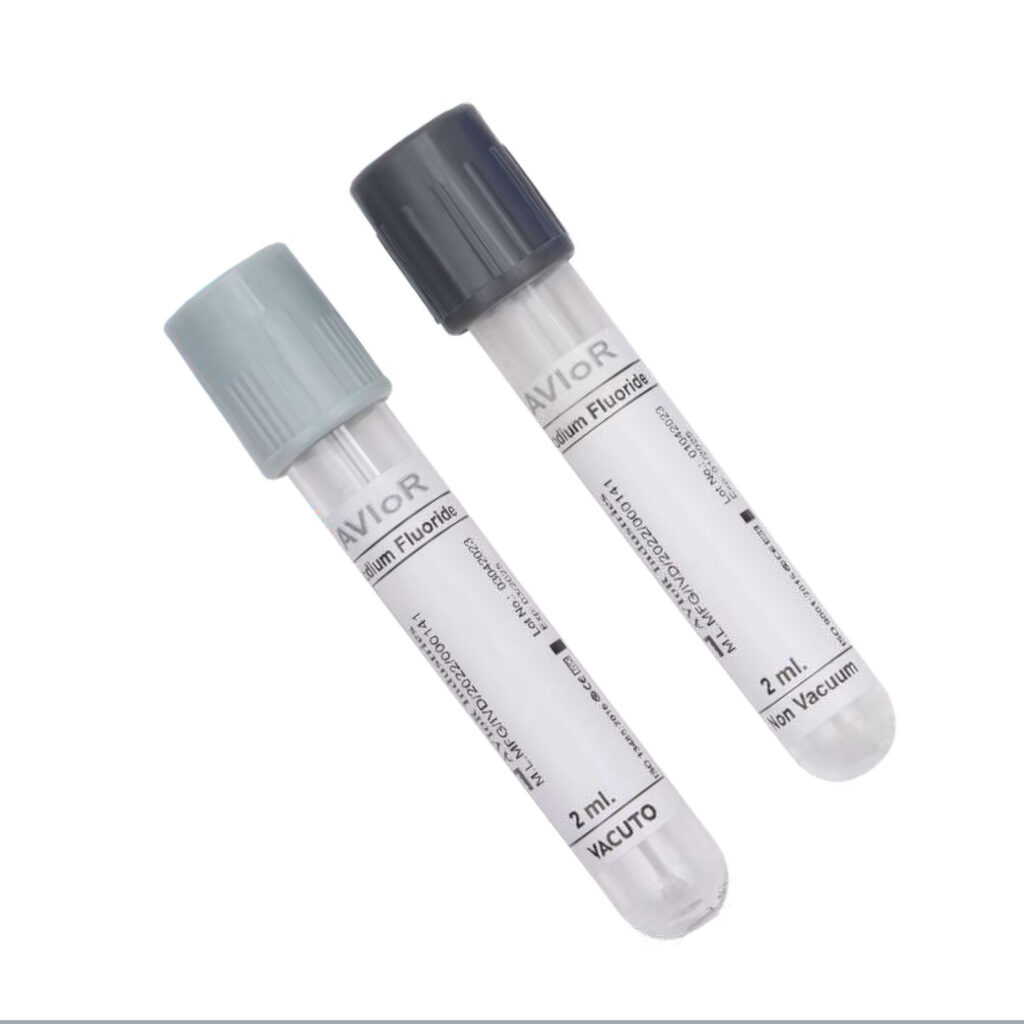
SODIUM FLUORIDE (SET OF GREY CAPS)
- The grey tube is only used for two tests. It is used for biochemistry tests requiring whole blood for analysis.
- This tube contains two main agents : (1) Sodium Fluoride acts as an antiglycolytic agent to ensure that no further glucose breakdown occurs within the sample after it is taken. (2) Potassium Oxalate acts as an anticoagulant
COMMON TESTS
- Glucose-this can be fasting or non-fasting, or part of a glucose tolerance test (GTT) lactate.

SODIUM CITRATE (SET OF BLUE CAPS)
- The blue tube is used for hematology tests the clotting system, which require inactivated whole blood for analysis.
- This contains buffered sodium citrate, which acts as a reversible anticoagulant by binding to calcium ions in the blood and subsequently disrupting the clotting cascade
COMMON TESTS
- Coagulation screen including bleeding time for platelet function, prothrombin time (PT) for extrinsic pathway, activated partial thromboplastin time (APTT) for intrinsic pathway, and thrombin time (TT) or fibrinogen assay for the final common pathway
- INR for monitoring patients on warfarin (this is calculated from the prothrombin time)
- Activated partial thromboplastin ratio (APTR) for monitoring patients on iv heparin infusions (This is Calculated from the APTT)
- Anti-xa assay for monitoring patients on high-dose low molecular weight heparins like tinzaparin
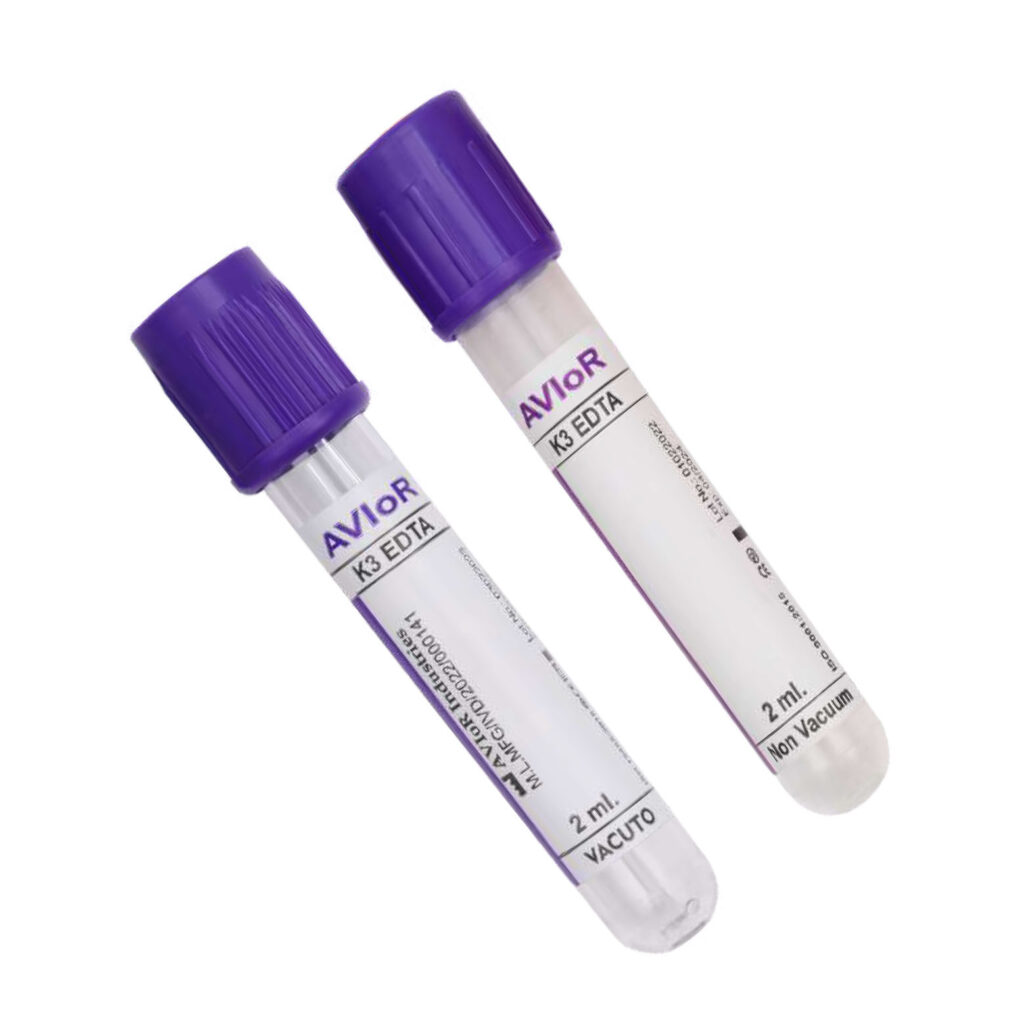
K3 EDTA (SET OF PURPLE CAPS)
- These tubes are generally used for hematology tests where whole blood is required for analysis.
- This tube contains edta (ethylene diamine tetra acetic acid), which acts as a potent anticoagulant by binding to calcium in the blood.
COMMON TESTS
- Full blood count (FBC)
- Erythrocyte sedimentation rate (ESR)
- Blood film for abnormal cells or malaria parasites
- Reticulocytes
- Red cell folate
- Monospottest for EBV
- Hba1c for diabetic control
- Parathyroid Hormone (PTH)

GEL+CLOT ACTIVATOR ( SET OF YELLOW CAPS)
- These tubes are used for a huge variety of tests requiring separated serum for analysis, including biochemistry, endocrinology, oncology, toxicology, microbiology and immunology
- This tube is known in the lab as the SST (serum separating tube). It contains two agents; silica particles and a serum separating gel. The silica particles work to activate clotting and cause the blood cells to clump together.
COMMON TESTS
- Biochemistry tests are the ones you will encounter most commonly
- Urea and Electrolytes (u+e) this includes urea, creatinine, sodium and potassium
- C-Reactive protein (CR)
- Liver function tests (IFTS) – This includes bilirubin, alp, ast/alt, ggt, total protein and albumin
- Amylase assay
- Bone profile – this includes calcium, phosphate, alp and albumin
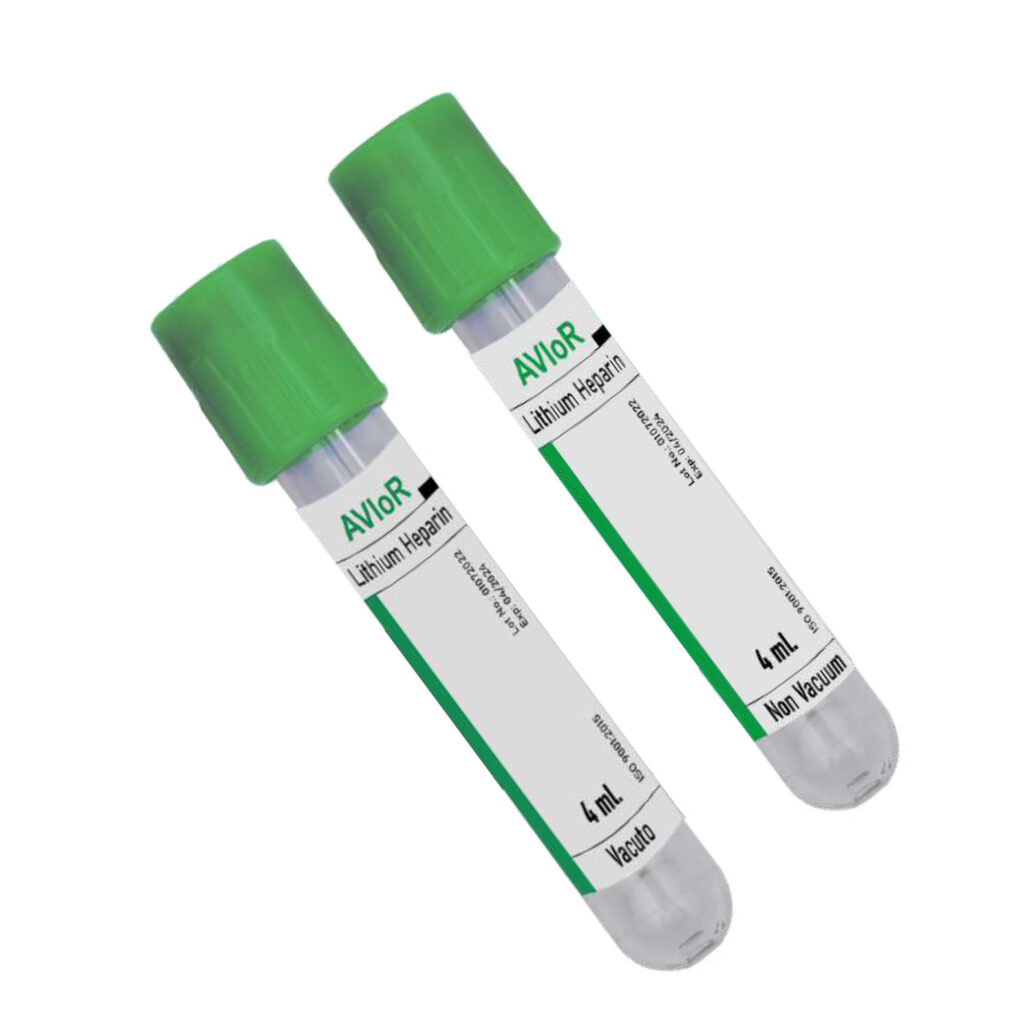
SODIUM/LITHIUM HEPARIN (SET OF GREEN CAPS)
- The green tubes are the most common tubes, used primarily for the biochemistry tests, which are known to require whole blood or heparinized plasma.
- Additive- heparin (sodium/lithium/ammonium). it inhibits the formation of thrombin in order to prevent blood clotting.
COMMON TESTS
- (1) Chemistry testing
- (2) Ammonia
- (3) Insulin
- (4) Chromosome screening,
- (5) Aldosterone
- (6) Renin
- (7) Insulin
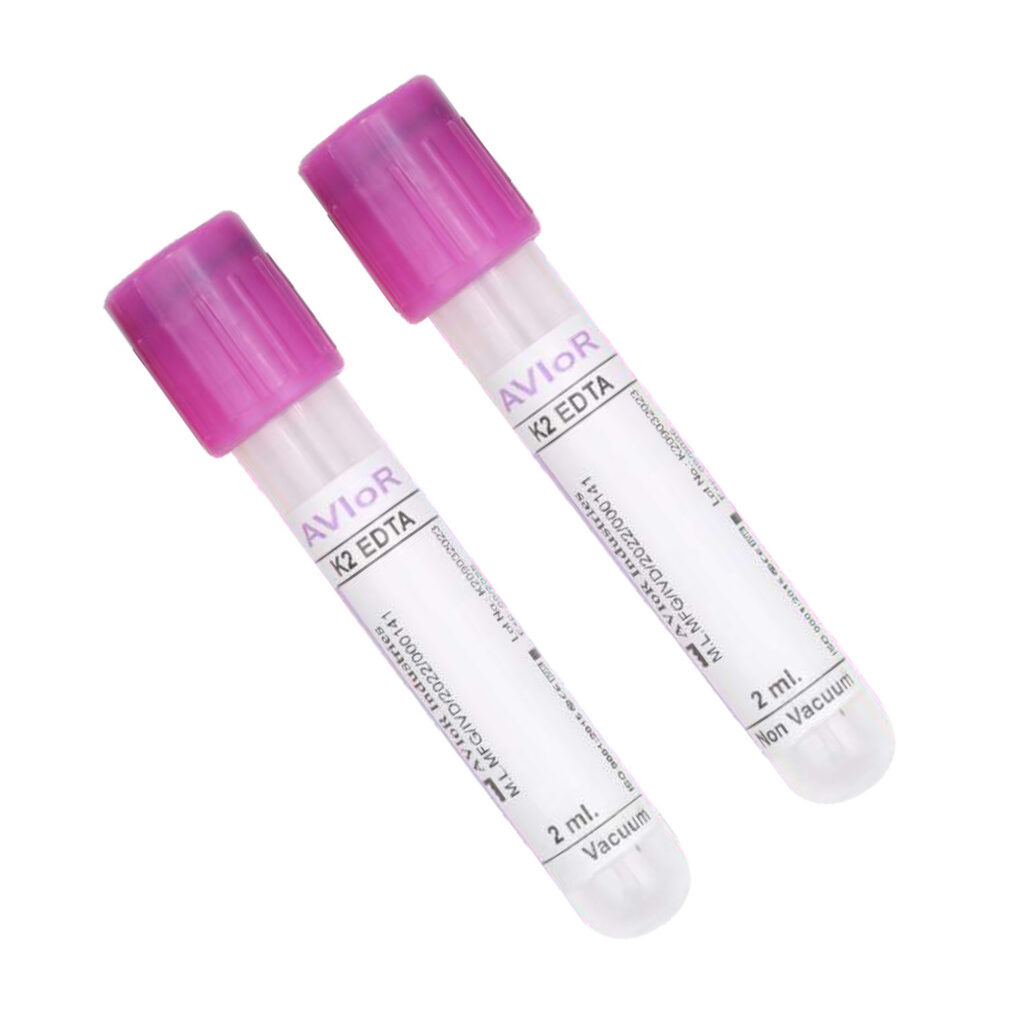
K2 EDTA (SET OF PINK CAPS)
- The pink tube works in the same way as the purple ones, but are specifically used only for whole blood samples being sent to the transfusion lab.
- This tube also contains the anticoagulant EDTA.
COMMON TESTS
- Group and save (G&S)
- Crossmatch (XM)
- Direct Coomb’s test (aka direct antiglobulin test) for autoimmune
- Hemolytic anemia

ESR TUBE (SET OF BLACK CAPS)
- ESR tube is mainly used for erythrocyte sedimentation rate test it contains buffered sodium citrate solution with the concentration of 3.8% (0.129mol/l).
- The mixing ratio of blood to sodium citrate is 4:1.
- It is suitable for the esr tests for subjects of different gender and ages, with highly related coefficient comparing with the westergren method.
COMMON TESTS
- The clinical usefulness of ESR is limited to monitoring the response to therapy in certain inflammatory diseases such as temporal arteritis, polymyalgia rheumatica and rheumatoid arthritis

